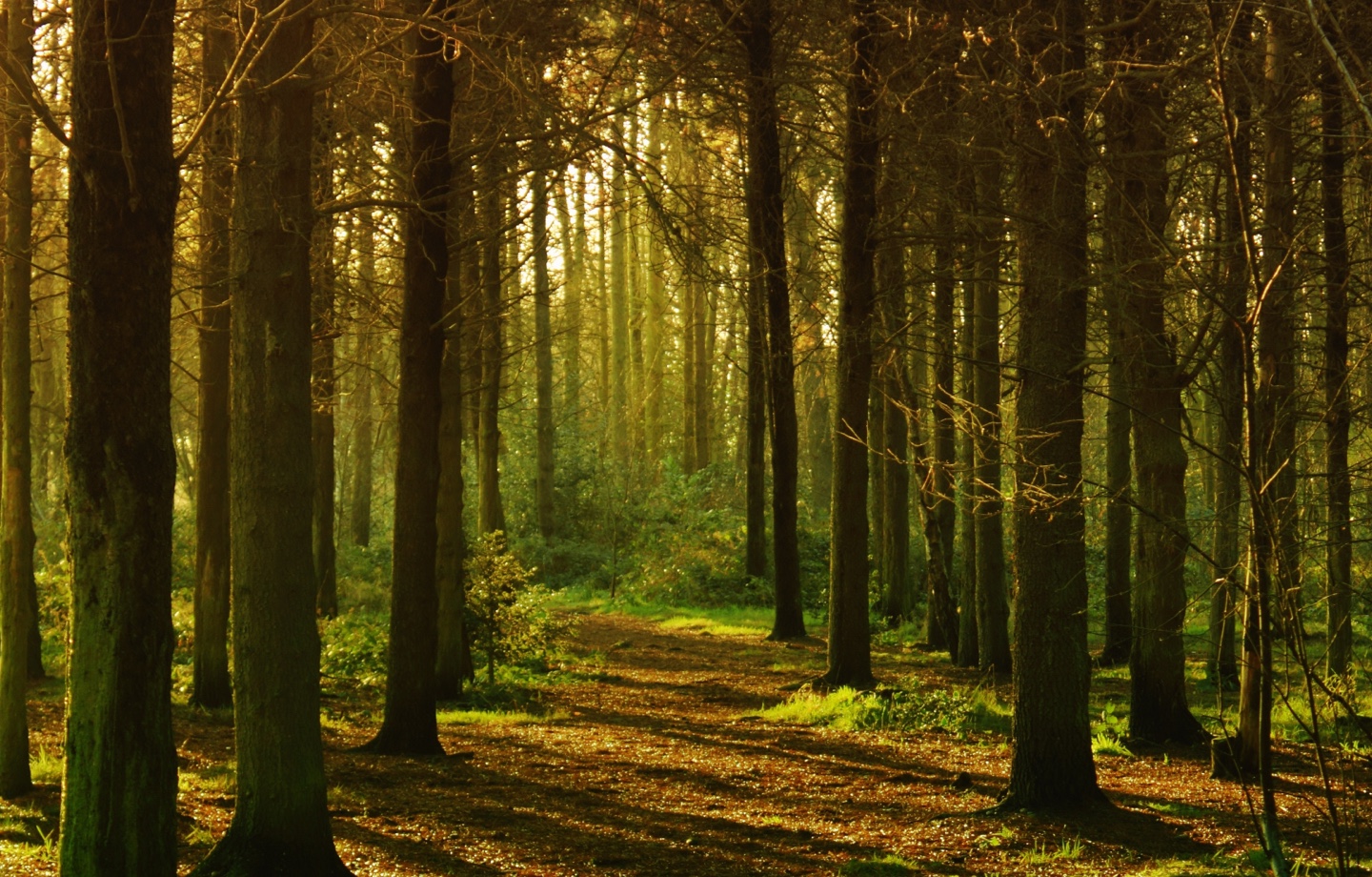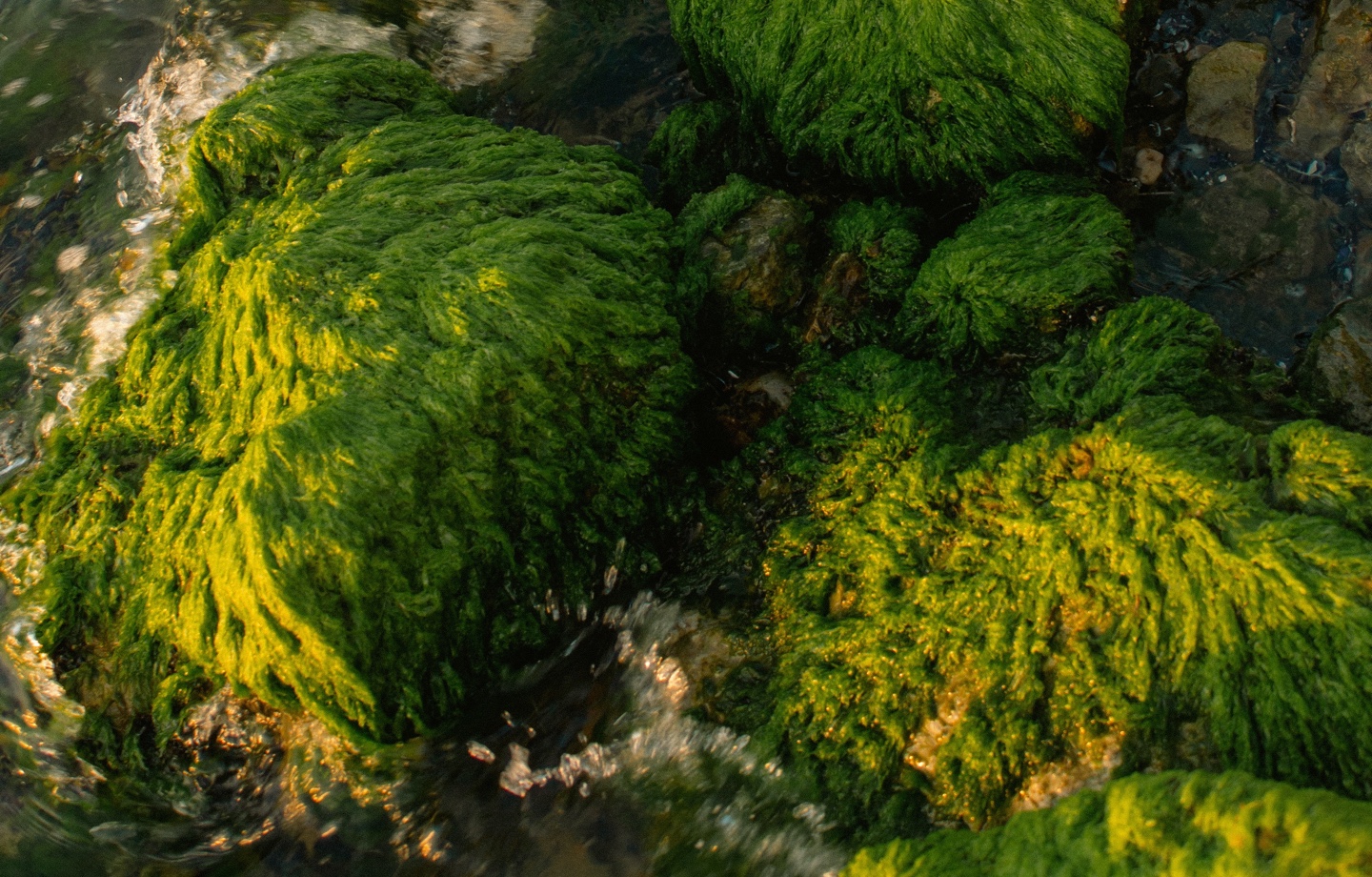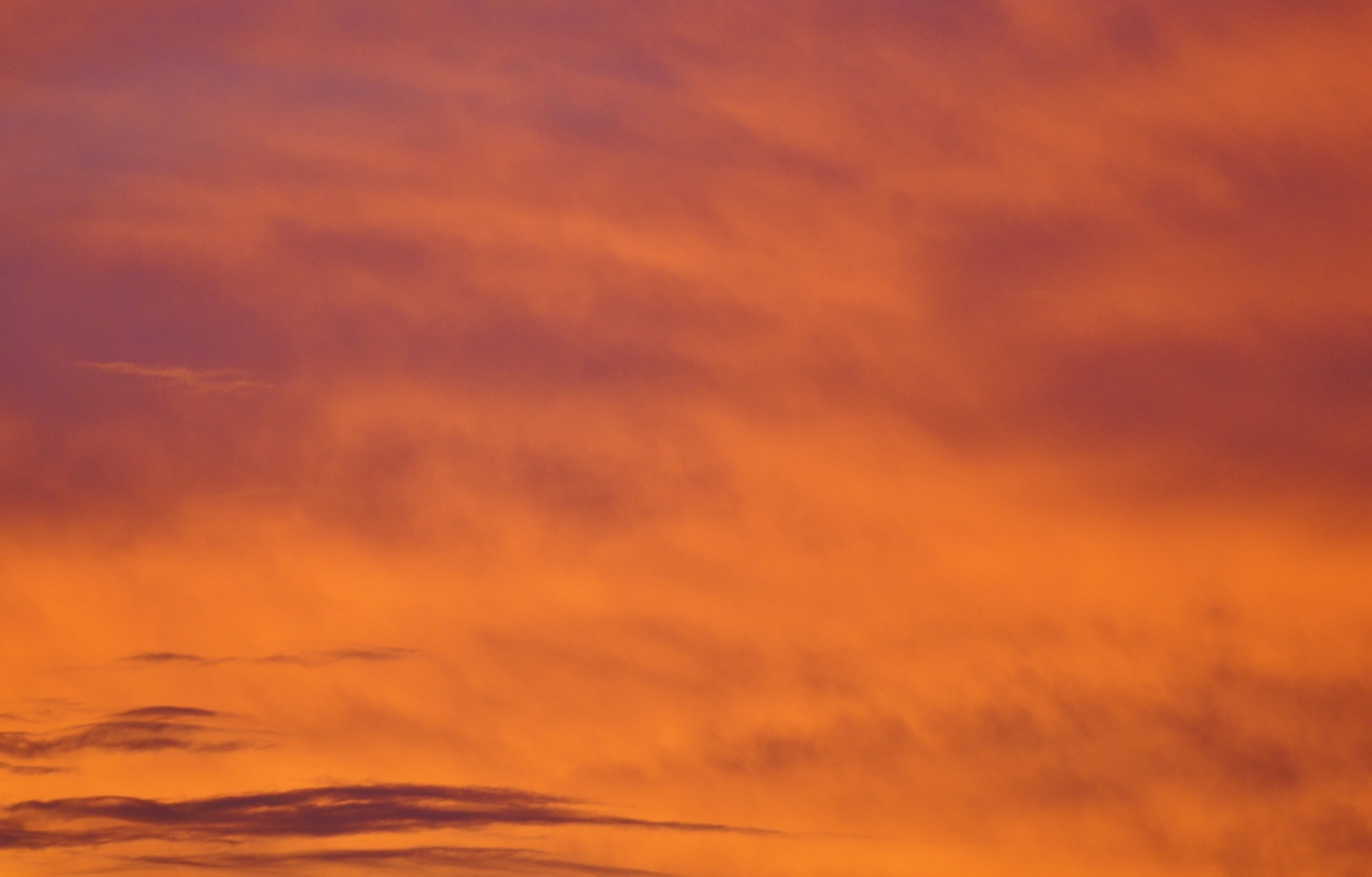There’s no escaping wildfire smoke. But there are precautions you can take to help keep your family healthy.
As I wrote this article, wildfire smoke from Canada blanketed New York City in a yellow haze. And where I live in Central Oregon, prescribed burning started early this year — in March — to try to offset the impacts of wildfires that will most certainly come later in the summer. Because of this, we’ve already had a few days of red suns, which I usually don’t expect to see until August or September.
What was once a rare occurrence is now common: Wildfire smoke is here to stay. Climate change is causing hotter, dryer conditions which makes it easier for fires to catch and spread. “As global temperatures rise, we expect the size, frequency, and severity of wildfires to increase in the years ahead,” Environmental Defense Fund (EDF) representatives said in an online statement.
Wildfire smoke now exposes millions of Americans to dangerous levels of air pollution each year. In 2020, wildfire smoke accounted for almost half the air pollution in the American West; on average, people living in this region are exposed to 27 times more days of wildfire smoke than they were a decade ago. According to the EDF, wildfire season in the western U.S. is also three months longer than it was several decades ago.
It’s worth noting that wildfires are a normal part of regenerative cycles in nature; fires help clear dead and diseased plants. However, rising temperatures are causing more droughts, which can lead to dryer brush that is more likely to catch fire. Snowpacks are also shrinking and melting earlier in the year due to higher temperatures, so there’s less water to go around even when we aren’t dealing with deadly wildfires.

Read more: Why Prescribed Burns Are Essential For Forest Health
“Air quality has always been an issue… but with recent events, the wildfires are making it more and more of a worldwide concern,” says Jamie Mitri, the CEO and Founder of Moss Pure, a company focused on bringing moss into homes to help with air filtration. Mitri is a chemical and environmental engineer who has long studied air pollution. “Wildfires impact our health, our property, gas and power sources, and water sources. The impact can be irreversible.”
We’ve long known that wildfire smoke is dangerous; smoke is made up of a mixture of pollutants, water vapor, and particles that we breathe in. We’re exposed to all kinds of particles constantly, but most are small. Wildfire smoke particles are much larger, which is why they can cause problems for human health when inhaled. Recent studies show an increase in mortality and a decrease in birth weight for people exposed to wildfire smoke. One particularly impressive study, published in 2022 in The Lancet, tracked two million Canadians over 20 years and found that people who live within 30 miles of a wildfire — even if it’s just one — had a five percent higher incidence of developing lung cancer and a 10 percent higher incidence of developing brain tumors than those who were not exposed to smoke at all.

Read more: The True Cost of Air Pollution
“Many of the pollutants emitted by wildfires are known human carcinogens, suggesting that exposure could increase cancer risk in humans,” Jill Korsiak, a PhD student who led the study, told Science Daily.
What can you do to keep your and your family healthy? First, check the AQI — or air quality index. The floating microscopic particles found in wildfire smoke can cause stinging eyes, a scratchy throat, coughing, wheezing, chest pain, and fatigue, so check to see how safe the air is outside before you leave the house. (Here in Central Oregon, we love to use Purple Air, which tracks air quality based on your location.) AQI numbers typically range from 1-500. Anything above 300 is hazardous; everyone should avoid going outside. If the AQI is between 51 and 150, sensitive groups should stay inside. (For reference, we spend about a month each year in Oregon at 150 AQI, with levels getting up into the 400s on occasion.) People with asthma or COPD are especially at risk even when the AQI hits 100, as low-quality air can cause flare ups of these conditions.
If you need to go outside when the AQI is high, wear an N95 mask. These particular masks protect against 2.5-10 micron particles, which are known to be the most damaging to human health. And, Mitri says, it’s a good idea to boost air filtration in your home. Close the windows. If you have a heat pump or air conditioning unit, check your filters or get extra protection installed. You can also purchase a free-standing air filter with a high MERV or HEPA filter rating for specific rooms like the bedroom.
Read more: How I’m Parenting In a Wildfire Zone
“Avoid using candles, wood-burning stoves, fireplaces, aerosol sprays, and smoking tobacco products, as this can further create particulate matter that will pollute your air,” adds Mitri.
You should also be careful not to build a bonfire or light a fire when the conditions aren’t favorable. If you live in the American West, your town may have a phone number you can call to get information about fire risks. If not, avoid building fires when there’s dry air, a drought, or stormy weather. And if you do create a campfire, make sure it’s completely put out before you walk away.
The bottom line is that wildfire smoke is here to stay. “We (as a society) need to make sure we are knowledgeable of the risks and impacts, what to watch out for, and how to prevent wildfires from happening,” says Mitri. “Knowledge is power. The more we know how to prevent wildfires, the more prepared we can be to deal with or stop them.”

Read more: How to Improve Your Home’s Air Quality
Have feedback on our story? Email [email protected] to let us know what you think!

Shop Pillows
The Essential Organic Pillow Collection
Gentle, breathable, non-toxic support.





